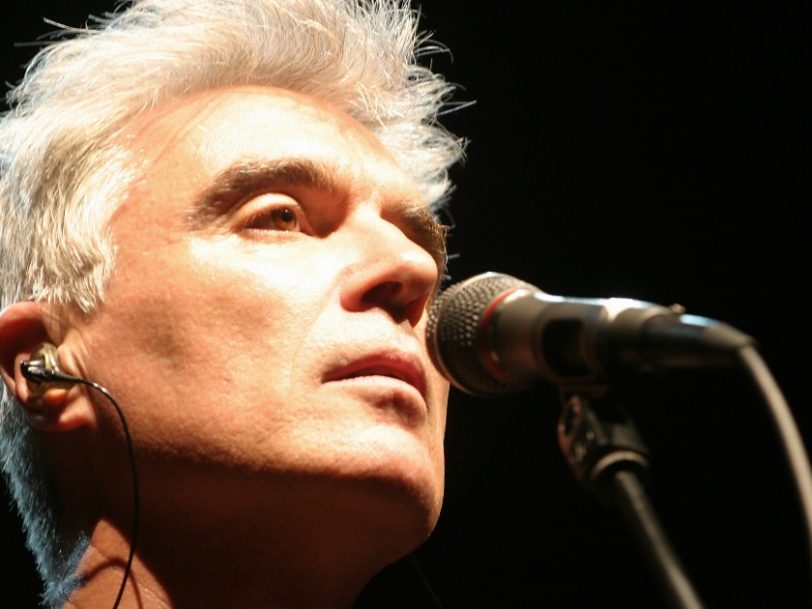By the mid-90s, fans of David Byrne were used to following the former Talking Heads frontman’s musical flights of fancy. His thirst for innovation and natural curiosity had seen him change the face of music with his sample-heavy collaboration with Brian Eno, My Life In The Bush Of Ghosts; write the scores for dance productions, plays and films; launch Luaka Bop, a record label devoted to the promotion of music hitherto ignored by Western pop culture; and release two solo albums that explored Byrne’s love of Latin dance music. So it was both a surprise and not when his self-titled solo album saw not only a return to more conventional songwriting (by Byrne’s idiosyncratic standards) but also evidence of a more reflective approach towards writing lyrics.
Listen to David Byrne’s self-titled album here.
“I’m writing from the heart, about my own experiences and feelings”
In an interview with Hot Press, Byrne even called the album a “personal statement”, and its name suggested as much – here was an artist comfortable enough in their own skin to release a self-titled album.
Byrne went on to explain, “I’m writing from the heart, about my own experiences and feelings. What the songs are saying is mostly from my point of view and not from a character’s point of view like so many of my earlier songs. What I want as a listener is something that’s real, that’s going to move me, that’s going to affect my life, that’s going to say something to me about how I live.”




